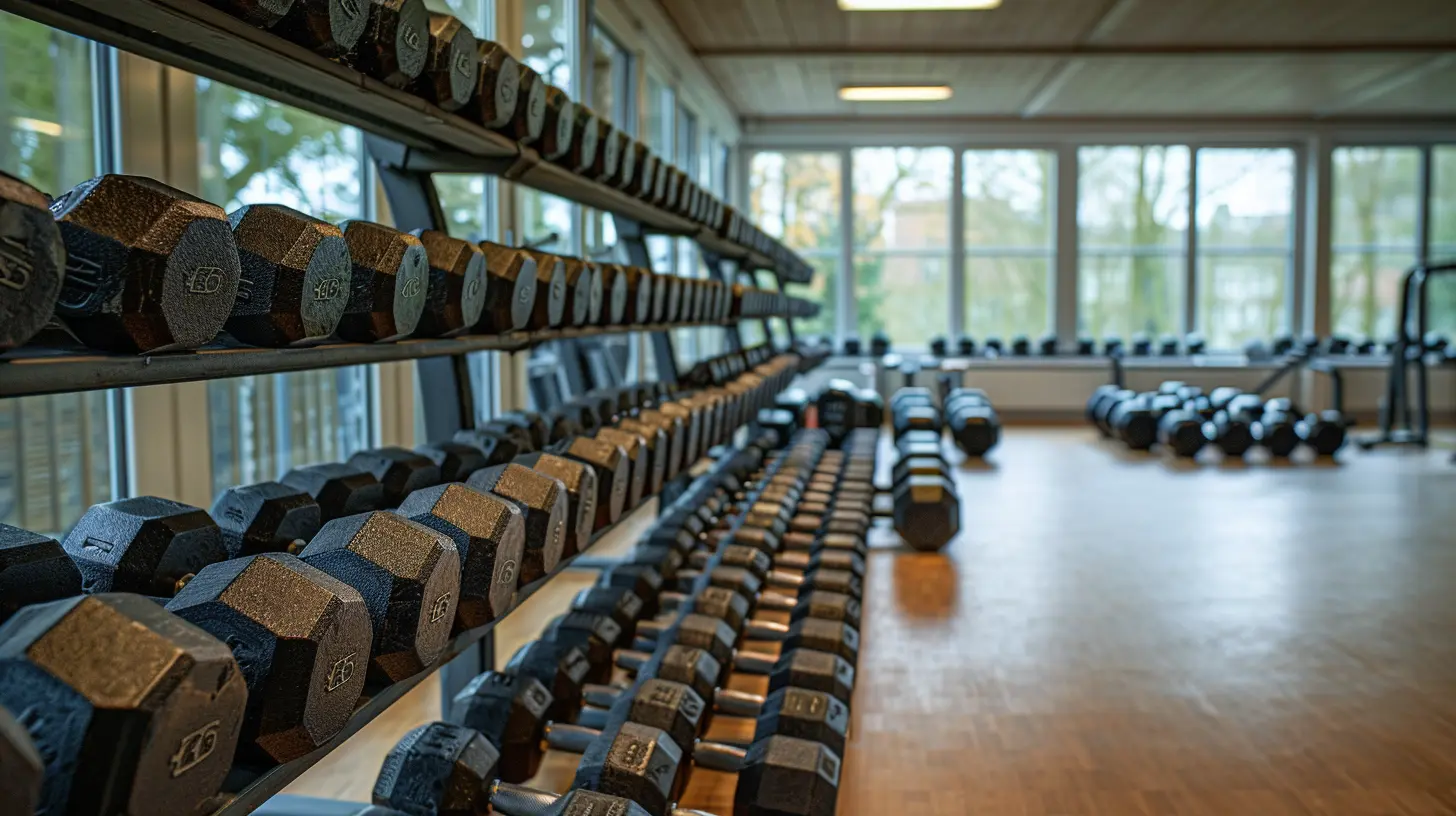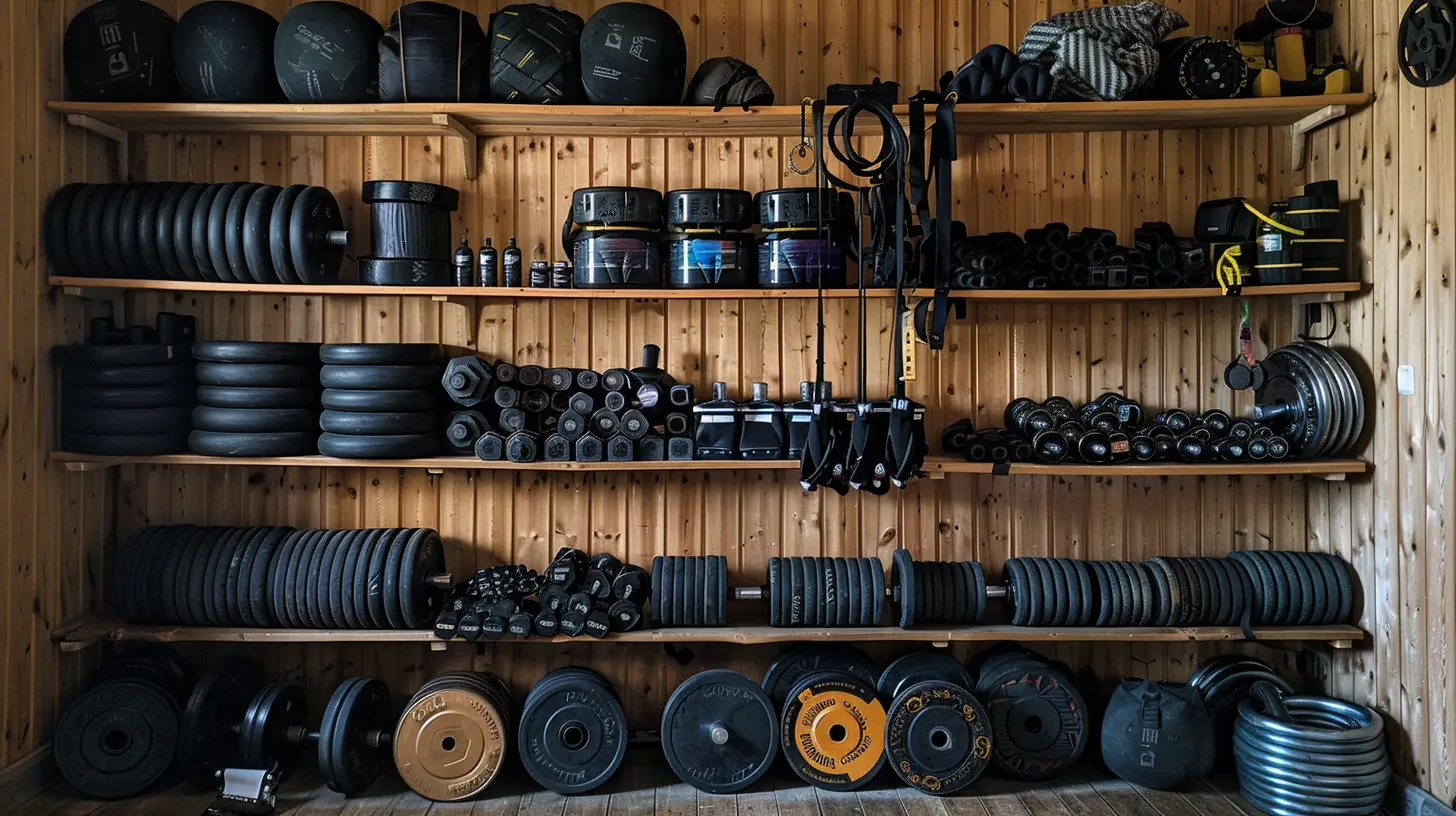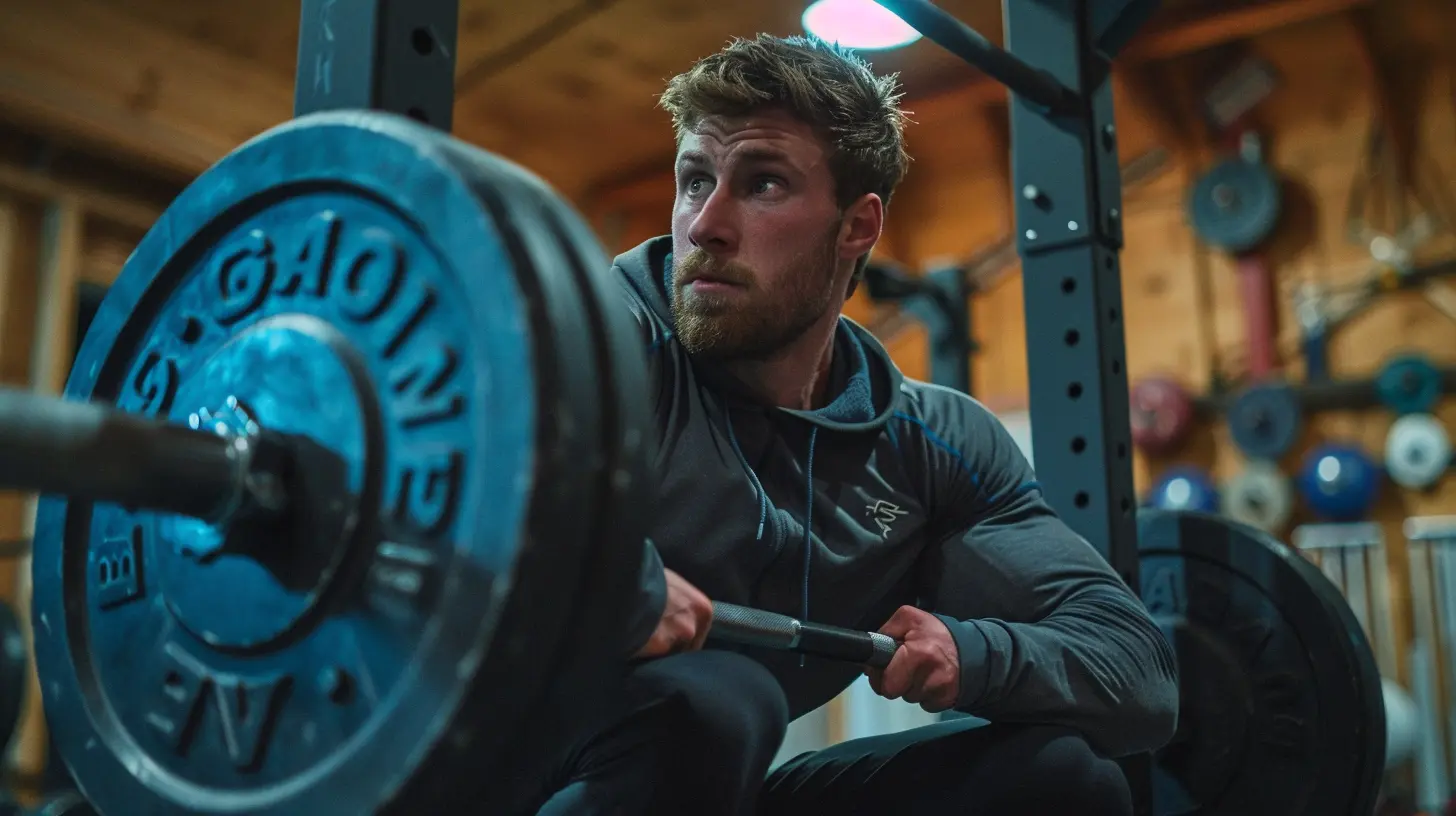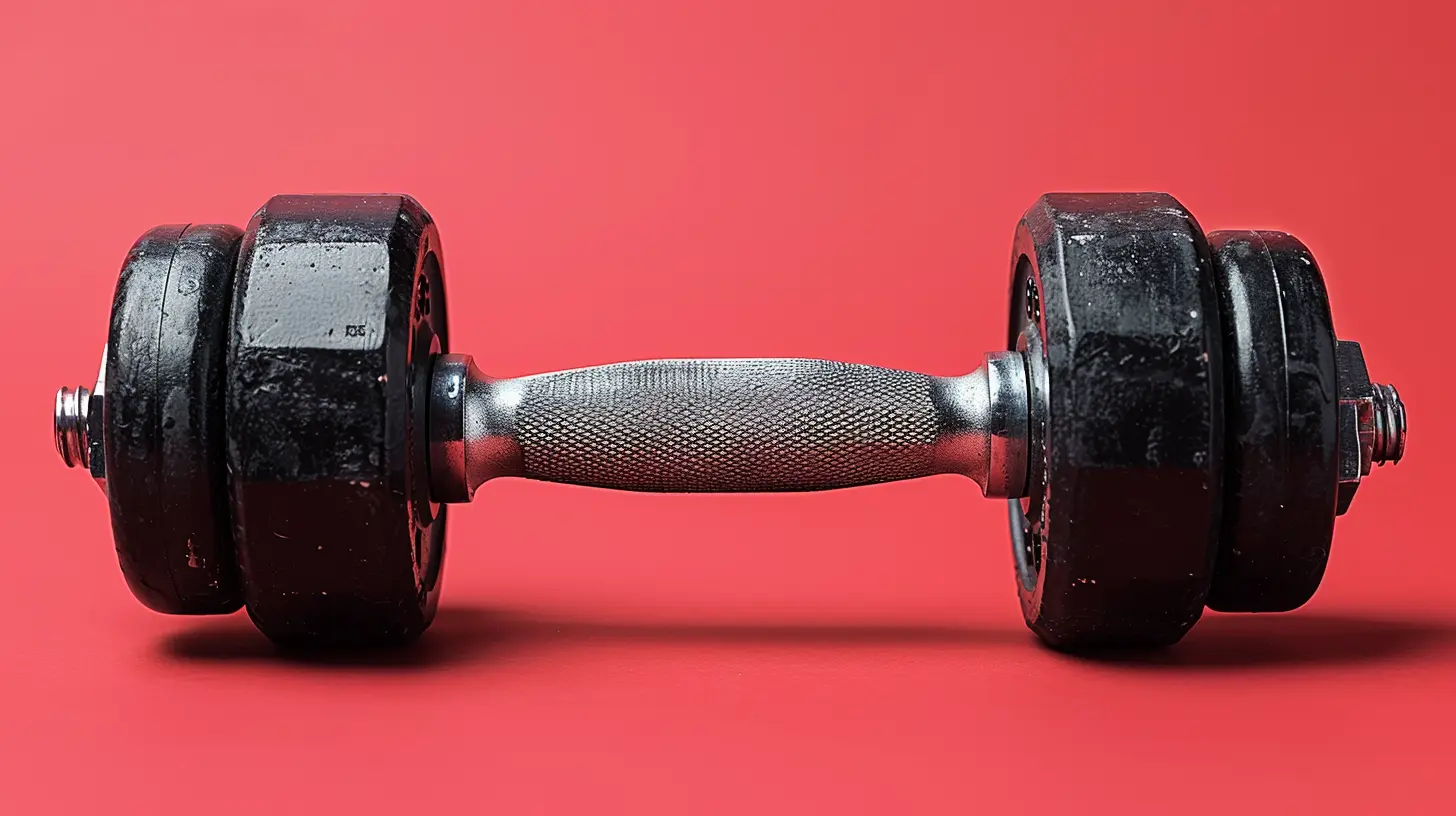Strength Training with Limited Equipment: Getting Strong with Minimal Gear
21 June 2025
Strength training is one of the best things you can do for your body. It builds muscle, boosts metabolism, and makes you feel like you can conquer the world. But, what if you don’t have access to a shiny gym filled with fancy machines and heavy dumbbells? Does that mean you’re doomed to stay weak and untrained? Absolutely not!
You don’t need a gym membership or a ton of expensive gear to get strong. In fact, with just a few pieces of minimal equipment and the right mindset, you can build serious strength from the comfort of your home, garage, or even your backyard.
In this article, we’ll dive deep into how you can create an effective strength training routine with limited equipment. We’ll cover what essential gear you need, which exercises deliver the most bang for your buck, and how to structure your workouts to get the best results.

Why Strength Training Matters
Before we get into the nitty-gritty of limited equipment training, let’s take a moment to talk about why building strength is so important. Beyond the aesthetic benefits (hello, toned muscles!), strength training offers a wide range of health benefits:- Boosts Metabolism: Muscle burns more calories at rest than fat, so the more muscle you have, the more calories you burn throughout the day—even when you’re lounging on the couch.
- Improves Bone Health: Lifting weights (or even your own body weight) helps to strengthen bones and improve bone density, which is crucial as you age.
- Enhances Mental Health: Strength training has been shown to reduce symptoms of anxiety and depression. Plus, there’s something incredibly empowering about lifting heavy things!
- Increases Functional Strength: Being strong helps you with everyday tasks, from carrying groceries to playing with your kids. It just makes life easier.
Alright, now that we know why strength training is awesome, let’s get into how you can do it with minimal equipment.

Essential Equipment for Limited Gear Strength Training
Okay, so you don’t have a fully equipped gym—no problem. You really don’t need much to get started with strength training. Here are a few key pieces of equipment that can help you create an effective workout routine:1. Resistance Bands
Resistance bands are a game-changer when it comes to working out with limited equipment. These stretchy bands come in different resistance levels and can be used to target virtually every muscle group. They’re also super portable, so you can easily store them or take them with you when traveling.- Why They’re Great: Resistance bands add tension to your movements, forcing your muscles to work harder. Plus, they’re gentle on your joints, making them a good option for people with injuries.
- How to Use Them: Try exercises like banded squats, chest presses, and rows. You can also use them to add resistance to bodyweight exercises like push-ups or lunges.
2. Dumbbells/Kettlebells
If you’re able to invest in one or two sets of dumbbells or kettlebells, you’ll be able to add a ton of variety to your workouts. Even if you only have one weight, you can still do a lot of unilateral (one-sided) exercises, like single-arm rows or single-leg deadlifts.- Why They’re Great: Dumbbells and kettlebells allow you to perform weighted exercises that can help you build serious strength. Plus, you can adjust the intensity of your workouts by simply changing the weight you’re using.
- How to Use Them: Dumbbells are perfect for exercises like goblet squats, overhead presses, and renegade rows. Kettlebells are awesome for swings, Turkish get-ups, and cleans.
3. A Sturdy Chair or Bench
You might not think of your chair or bench as workout equipment, but they can be super useful for strength training. You can use them to perform exercises like step-ups, Bulgarian split squats, or tricep dips.- Why They’re Great: Adding height to your workout can increase the difficulty of certain movements. Plus, a bench or chair can help you modify exercises if you’re not quite ready for the full version (like using it to perform incline push-ups).
4. Your Own Body Weight
Let’s not forget the most important piece of equipment: YOU! Bodyweight exercises are highly effective for building strength, and they can be done anywhere, anytime. Push-ups, squats, lunges, planks—the possibilities are nearly endless.- Why It’s Great: Bodyweight exercises are functional, meaning they mimic the movements you use in real life. Plus, they can be easily scaled to match your fitness level by adjusting the number of reps, sets, or tempo.
- How to Use It: Create full-body workouts using exercises like push-ups, squats, lunges, planks, and glute bridges. You can also challenge yourself by adding variations, like one-legged squats (pistol squats) or handstand push-ups.

Effective Strength Training Exercises with Limited Equipment
Now that we’ve covered the essential equipment, let’s move on to the fun part—exercises! Here are some of the best strength training exercises you can do with minimal gear.1. Push-Ups
Push-ups are a classic bodyweight exercise that targets your chest, shoulders, triceps, and core. They’re incredibly versatile, and you can make them easier or harder depending on your fitness level.- How to Make It Easier: Perform push-ups on your knees or elevate your hands on a bench or chair.
- How to Make It Harder: Try adding a resistance band around your back, or elevate your feet for decline push-ups.
2. Squats
Squats are one of the best exercises for building lower-body strength. They target your quads, hamstrings, glutes, and core all at once.- How to Make It Easier: Hold onto a chair or wall for balance if needed.
- How to Make It Harder: Hold a dumbbell or kettlebell in front of your chest (goblet squat), or add a resistance band around your thighs to increase tension.
3. Rows
Rows are fantastic for strengthening your upper back, lats, and biceps. If you have a resistance band or dumbbells, rows are easy to do at home.- How to Do It with Bands: Anchor a resistance band to a sturdy object and pull the band towards your chest, keeping your elbows close to your body.
- How to Do It with Dumbbells: Hold a dumbbell in one hand and perform bent-over rows, pulling the weight towards your ribcage.
4. Lunges
Lunges are a killer for your lower body, targeting your quads, glutes, and hamstrings while also challenging your balance and stability.- How to Make It Easier: Hold onto a wall for balance or reduce the range of motion.
- How to Make It Harder: Add dumbbells in each hand or place a resistance band around your thighs.
5. Planks
Planks are one of the best exercises for building core strength. They also engage your shoulders, back, and glutes.- How to Make It Easier: Perform the plank on your knees instead of your toes.
- How to Make It Harder: Try side planks, or add dynamic movements like shoulder taps or leg lifts.
6. Kettlebell Swings
If you have a kettlebell, swings are a fantastic full-body exercise that targets your glutes, hamstrings, core, and shoulders. They’re also great for improving cardiovascular fitness.- How to Do It: Stand with your feet shoulder-width apart, hold the kettlebell with both hands, and hinge at your hips to swing the kettlebell between your legs. Then, thrust your hips forward to swing the kettlebell up to chest height.

Creating a Strength Training Routine with Limited Equipment
Now that you know which exercises to focus on, you might be wondering how to put them together into an effective workout routine. Here’s a simple guide to creating your own strength training routine with limited equipment:1. Warm-Up
Always start with a warm-up to get your blood flowing and prepare your muscles for the workout. Spend 5-10 minutes doing light cardio (like jogging in place or jumping jacks) and dynamic stretches (like leg swings or arm circles).2. Choose 4-6 Exercises
Pick a combination of upper body, lower body, and core exercises. For example, you could choose push-ups, squats, rows, lunges, planks, and kettlebell swings.3. Perform in Circuits or Supersets
To save time and keep your heart rate up, perform your exercises in circuits or supersets. For a circuit, complete one set of each exercise with minimal rest between exercises. For supersets, pair two exercises (e.g., push-ups and squats) and alternate between them.4. Rep and Set Scheme
A good rule of thumb is to aim for 3-4 sets of each exercise, with 8-12 reps per set. If you’re using lighter weights or bodyweight, you may want to increase the reps to 12-15.5. Rest Between Sets
Rest for about 30-60 seconds between sets, depending on your fitness level and the intensity of the exercises.6. Cooldown
Finish your workout with some light stretching to improve flexibility and help your muscles recover.Tips for Success with Minimal Equipment
Here are a few extra tips to help you make the most of your strength training workouts with limited equipment:- Focus on Form: Proper form is key to preventing injuries and making progress. If you’re unsure about your form, consider watching tutorial videos or working with a coach.
- Progressive Overload: To get stronger, you need to gradually increase the difficulty of your workouts. You can do this by adding more reps, sets, or weight, or by slowing down the tempo of your exercises.
- Stay Consistent: Consistency is the secret sauce when it comes to building strength. Aim to train 3-4 times per week, and don’t be afraid to switch up your exercises to keep things interesting.
Conclusion
Strength training with limited equipment is not only possible, but it can also be incredibly effective. With just a few pieces of gear—like resistance bands, dumbbells, or even just your body weight—you can build full-body strength, improve your health, and feel amazing.So, what are you waiting for? Grab your resistance bands, dust off those dumbbells, or simply get your body moving. The only thing standing between you and getting stronger is taking that first step.
all images in this post were generated using AI tools
Category:
Strength TrainingAuthor:

Everett Davis
Discussion
rate this article
2 comments
Hesper Jones
Who needs a fancy gym? Just me, my couch, and some creativity—turns out lifting snacks counts as strength training too!
November 2, 2025 at 12:47 PM

Everett Davis
Absolutely! Creative workouts can be just as effective—it's all about using what you've got and staying active. Keep lifting those snacks!
Miranda Hall
Great article! It’s inspiring to see how effective strength training can be with just a few basic tools. Your tips on maximizing limited equipment will motivate many to stay strong at home. Can't wait to try out these workouts! Thanks for sharing!
June 30, 2025 at 2:58 AM

Everett Davis
Thank you so much for your kind words! I'm glad you found the tips helpful and inspiring. Enjoy your workouts!


